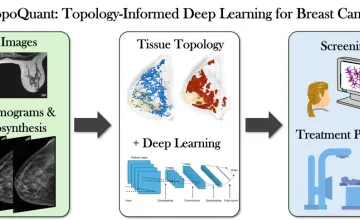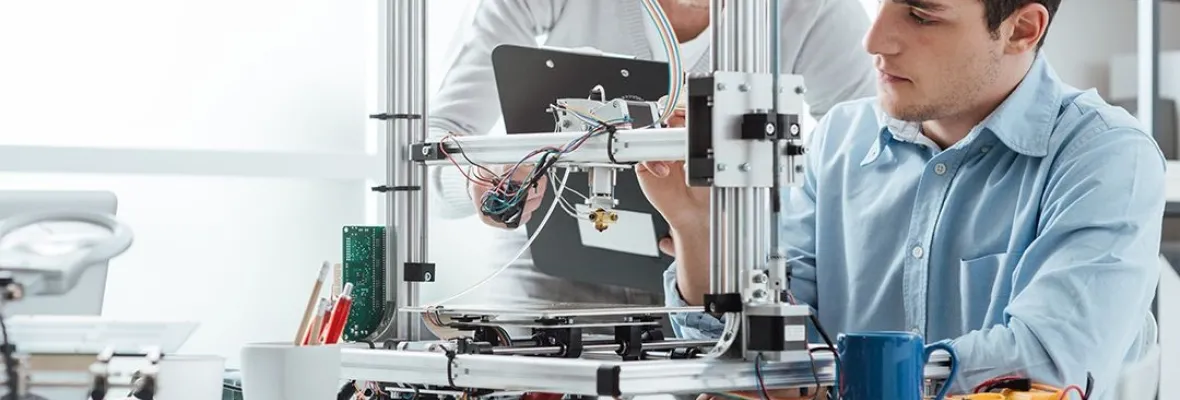AAU universities conduct a majority of the federally funded university research that contributes to our economic competitiveness, health and well-being, and national security. AAU universities are growing our economy through invention and innovation while preparing the next generation of scientists and engineers for global leadership. By moving research into the marketplace AAU universities are helping to create jobs, and provide society with new medicines and technologies.

UMD geologists uncovered evidence of a section of seafloor that sank into the Earth's mantle when dinosaurs roamed the Earth; it's located off the west coast of South America in a zone known as the East Pacific Rise.

Novel research supported by NCI could lead to more specific predictive disease models

A new University of Kansas study reveals parents seeking health care information for their children trust AI more than health care professionals when the author is unknown, and parents rate AI generated text as credible, moral and trustworthy.

Hypertension and amyloid plaques can separately cause dementia. Having both increases a person’s odds of developing cognitive decline, a new study finds
Explore More: University Research
You can filter stories by the university.
A Rutgers research team has completed the first evaluation of a new rapid COVID-19 test given emergency approval by the FDA.
The same technologies that people once blamed for tearing society apart might be our best chance of staying together during the COVID-19 outbreak, says Stanford’s Jamil Zaki.
University of Virginia doctors, nurses, administrators and staff inside UVA Health are putting themselves on the front lines and working nonstop to help stem the spread of the novel coronavirus.
Scientists across the University of Arizona are working to give American public health authorities the ability to test widely for COVID-19 by making more specimen collection kits available.
The Arizona Poison and Drug Information Center at the University of Arizona is taking some of the load off the Arizona Department of Health Services and each of its county counterparts by answering the flood of phone calls from residents concerned about COVID-19.
